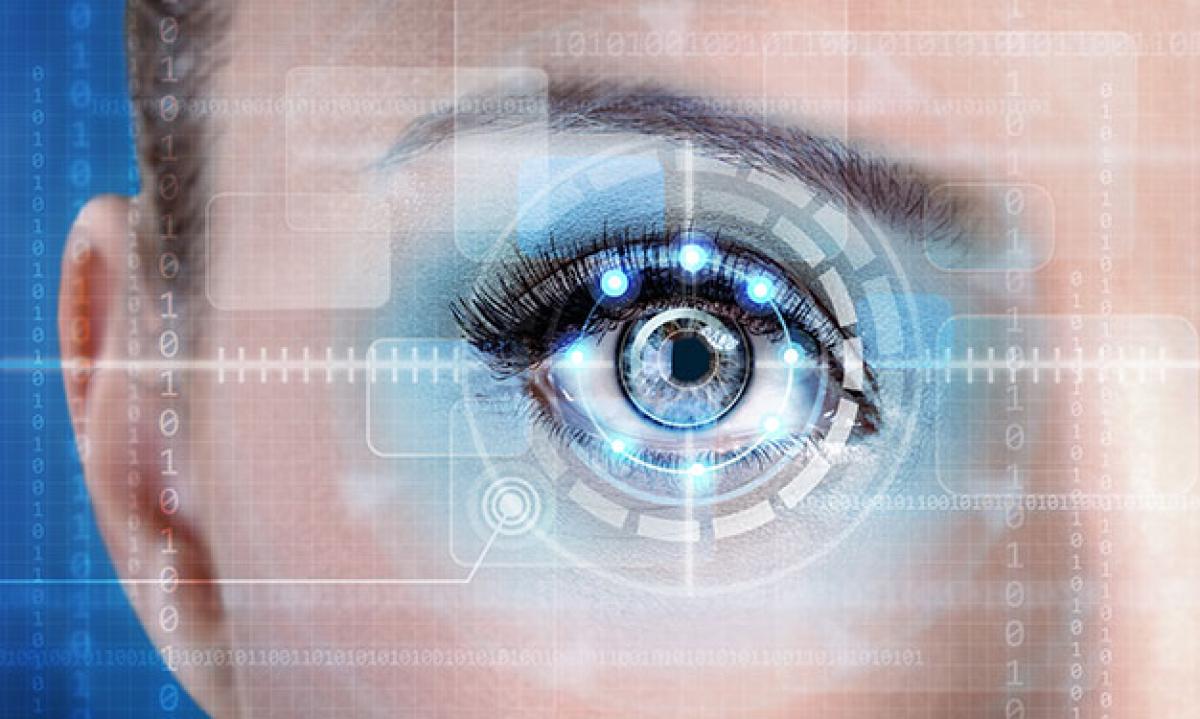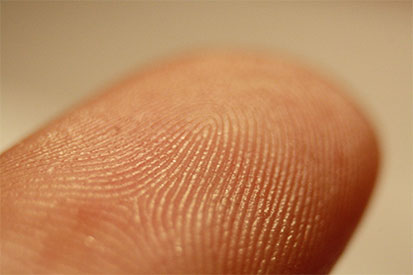
When you first hear the word “biometric,” it’s likely you make the connection to human beings. By definition, biometric means “life to measure.” There are many types of biometric characteristics, such as fingerprints, faces, eyes, speech and palmprints. Commonly used for individual recognition and authentication, these biometric characteristics comprise the biometric system.
With the help of a computer, these systems recognize and automatically authenticate an individual though various signal processing and pattern recognition algorithms. This type of biometric system utilizes a single biometric characteristic. When there are two or more biometric characteristics taken, we use the term “multibiometric system.” Multibiometric systems are commonly used in public and private spaces places such as borders, airports, offices and laboratories. For example, when you arrive at some airports, authorities take iris data of every person. Though multibiometric systems have several advantages over simple biometric systems, there are also some drawbacks.
Biometric Systems and Privacy
Multibiometric systems carry privary and security concerns, as the data pulled from them is often stored on a network. Many individuals provide their biometric information without thinking twice – whether it’s money withdrawal at the ATM or medical data transferred over a network.
The issue of privacy and security of biometric data can be solved by using signal processing and image processing algorithms. The signal processing algorithms are used for biometric data, which has a signal characteristic such as speech of an individual. The image processing algorithms are used for biometric data, which have image characteristics such as face and fingerprint. In any biometric system, the acquisition of a biometric characteristic of an individual is performed as the first step. Then extraction of the biometric characteristic is performed. Finally, matching between extracted features and enrolled features takes place. Based on matching results, an individual can be authenticated or unauthenticated. 
Most multibiometric systems are designed using fingerprint and facial information, and these two biometric characteristics are widely used and easily available. Currently, many enhancements are being designed by signal processing engineers for the security of biometric data in the multibiometric system. Also, various types of system are coming in the market for the security of multibiometric data. Recently, image and signal processing techniques such as watermarking and compressive sensing have been used for security of biometric data in the multibiometric system. This technique embeds one biometric data to another. The compressive sensing technique converts an image or signal into sparse data. This sparse data is a type of encoded data, which contains sparse coefficients of data and random measurement matrixes. Using these techniques is still relatively new, but it helps provide a layer of security needed to protect against cyber-attacks since these techniques encrypt the data being stored.
In the future, signal processing and image processing based multibiometric systems will play an important role in the security of individuals at various places. However, we need to develop a more secure biometric system thatcan use any type of biometric data; existing systems are designed for one of two types of biometric data. We must also ask ourselves how biometric data can be authenticated using available pattern recognition algorithms.
ABOUT THE AUTHOR
Rohit Thanki is a member of the IEEE Signal Processing Society, and Research Scholar in the Department of Electronics & Communication Engineering at Faculty of Engineering and Technology, C. U. Shah University in Gujarat, India. He also is a previously affiliated faculty member at the Department of Electronics and Communication in the Madhuben and Bhanubhai Patel College of Engineering, Vallabh Vidyanagar, Gujarat, India. Rohit received his bachelor of engineering from Atmiya Institute of Technology and Science, Rajkot, Gujarat, India and his masters of engineering from G H Patel College of Engineering and Technology, Vallabh Vidyanagar, Gujarat, India. His area of research is digital watermarking, multimedia security, medical information security, compressive sensing, and pattern recognition. You can reach him at rohitkumar.m.thanki@ieee.org.
